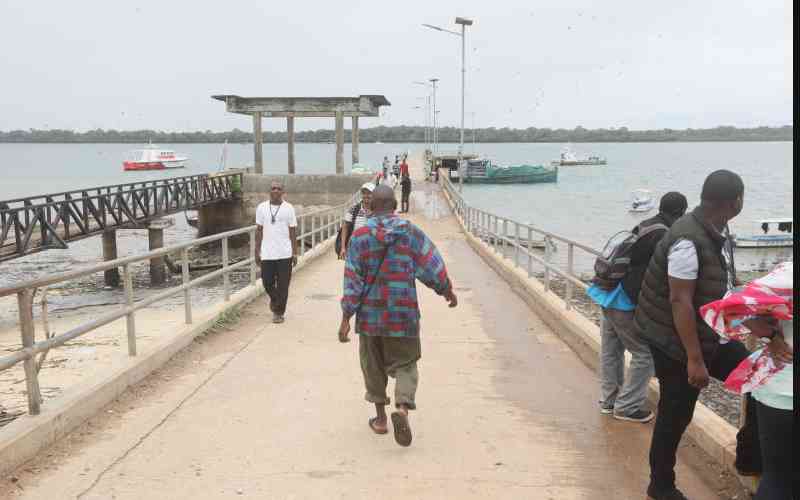African governments have embraced agriculture not just as a source of revenue but also a way of uplifting rural communities. The sector creates gainful employment and helps diversify the economy for greater stability. We have seen yields rising, business linkages being made and new technology starting to change the way crops are grown, moved and processed. According to Africa Business Magazine, Kenya’s cut flower export increased by 1,200 per cent from 1988 to 2014. Rwanda grain production tripled between 2000 and 2014. Ethiopia’s annual grain production also tripled over the same period. With Africa having 60 per cent of the world’s remaining uncultivated arable land, the continent stands for many promises. However, at the recent Agra 2016 Food Forum in Nairobi, Agra report mentioned that Africa will require US$400 billion in the next decade to be food secure.
It was reported that the annual public investments in the sector have risen significantly across Africa, from an average per country of $186.4 million in 2003 to $219.6 million in 2014. What was not discussed however, is how much of the investment go into safeguarding wildlife and wildlands — the ecological infrastructure necessary for the sustainability of the natural resources and ecosystem services that anchor our agriculture growth. How do we ensure that natural process and services like water catchment, pollination, soil stabilisation, and pest control continue to underlie and support a growing agriculture sector?
Certainly, the answer does not lay in picking one development need — agriculture, over another — environmental management. We need inter-sectoral approach where conservationists go out, engage with the agricultural sector, and be part of a discussion about what sort of agriculture happens where, and what the interface between conservation and agricultural production, and agricultural settlements, looks like. A pragmatic approach is needed. Tradeoffs are inevitable. But it is essential that conservation be part of the design of agricultural projects, and not an afterthought.
Climate change is forecast to have the biggest impact on sub-Saharan Africa, with decrease in rainfall volumes and predictability, and obvious implications for agriculture yields and yield variability.
The cost of degrading ecological infrastructure, at a minimum, can be seen in the 75 per cent of Africa’s cultivated soil degraded, nine of the 10 lowest ranked countries on the global food security index are in sub-Saharan Africa, costing African countries up to 10 per cent of our GDP, and an estimated $35 billion annually on food imports. Land, much of it arable, is Africa’s greatest asset. But how this asset is deployed, the ‘where’ of how various societal objectives are pursued is absolutely crucial.
The writer is president of the African Wildlife Foundation
 The Standard Group Plc is a
multi-media organization with investments in media platforms spanning newspaper
print operations, television, radio broadcasting, digital and online services. The
Standard Group is recognized as a leading multi-media house in Kenya with a key
influence in matters of national and international interest.
The Standard Group Plc is a
multi-media organization with investments in media platforms spanning newspaper
print operations, television, radio broadcasting, digital and online services. The
Standard Group is recognized as a leading multi-media house in Kenya with a key
influence in matters of national and international interest.
 The Standard Group Plc is a
multi-media organization with investments in media platforms spanning newspaper
print operations, television, radio broadcasting, digital and online services. The
Standard Group is recognized as a leading multi-media house in Kenya with a key
influence in matters of national and international interest.
The Standard Group Plc is a
multi-media organization with investments in media platforms spanning newspaper
print operations, television, radio broadcasting, digital and online services. The
Standard Group is recognized as a leading multi-media house in Kenya with a key
influence in matters of national and international interest.





